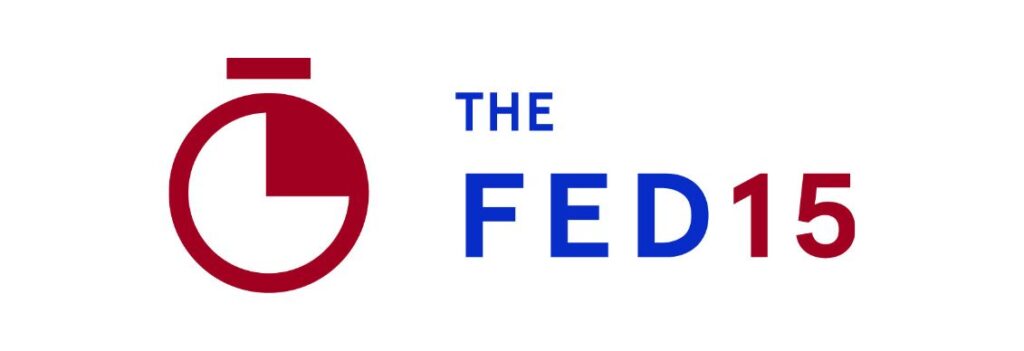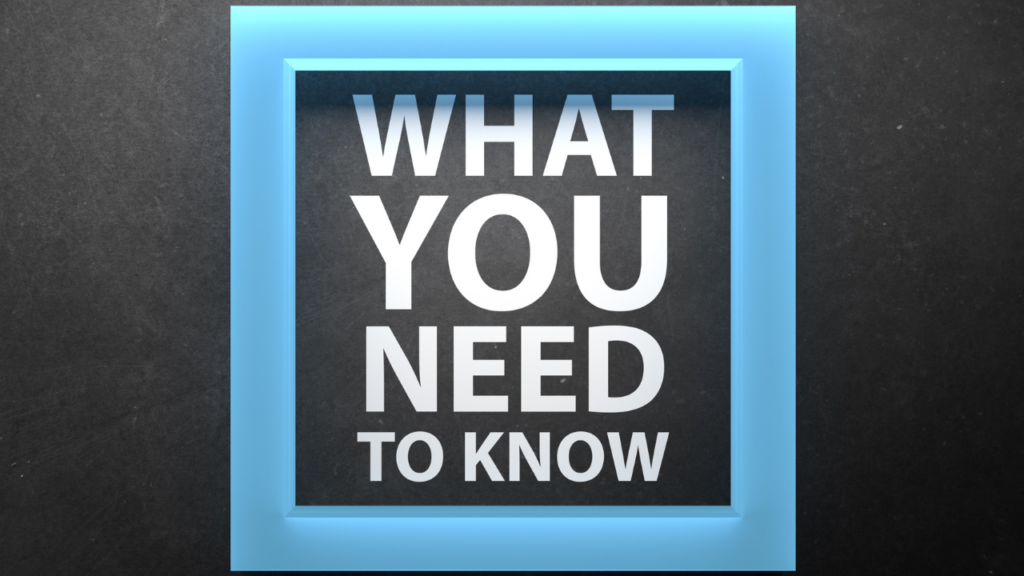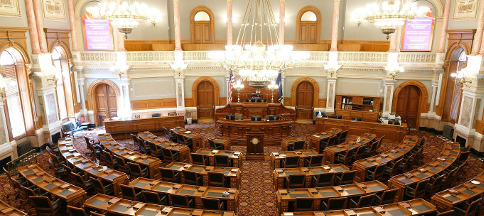CSRS Retirement
CSRS 101: What is the Civil Service Retirement System?
The Civil Service Retirement System (CSRS) is the legacy retirement program used for federal employees hired in 1983 or earlier. While no new employees can join, employees who were already enrolled in this program still participate in it.
The CSRS retirement plan was organized in 1920 and existed as the only federal employee retirement system until the creation of the Federal Employees Retirement System (FERS), which was signed into law by President Reagan in 1986. CSRS is known as a defined benefit plan, which is when an employer provides a guaranteed income stream for life to eligible employees, when they retire.
The annuity received upon retirement is an incentive for workers to continue their service until eligible. Along with the employee, their agency and the Federal Government also make contributions to the retirement system on their behalf. If a fed leaves government service before they’re eligible for retirement benefits, the contributed money can be refunded (with interest), but the matching contributions from the agency and federal government are not.
Unlike 401(k) plans and the TSP (thrift savings plan), which are defined contribution plans, employees are required to make contributions to CSRS.
CSRS Employees (who are not CSRS Offset) do not pay into Social Security and do not earn a Social Security benefit for their federal CSRS time. If you are a CSRS employee, and are eligible for a social security benefit through work outside of government service, you may find that the projected value and what you actually receive are vastly different.
CSRS Employees may contribute to the Thrift Savings Plan but do not receive a match for their contributions.
CSRS employees may also contribute to the Voluntary Contribution Plan (VCP). This allows them to contribute up to 10% of their total income, earned over their lifetime as an after-tax contribution. Interest earnings are tax deferred.
Calculating your CSRS Check
To determine the dollar amount of your future federal pension check, the following calculation is made:
#1: For first 5 years of service:
“High-three salary” x 5 x 1.5%
#2: For next 5 years of service:
“High-three salary” x 5 x 1.75%
#3: For any remaining years of service:
“High-Three Salary” x years-of-service x 2.0%
Then, add the 3 numbers together to get your annual benefit amount.
Once a CSRS employee reaches 41 years and 11 months, time of service no longer factors into their pension calculation. Whatever the high-three average salary is, the retirement income amount from your CSRS pension will be 80% of that. 80% is the maximum percentage that can be earned. If a CSRS employee continues to work past 41 years and 11 months, the additional CSRS contributions are put in an account where the money earns interest. Upon retirement, these excess contributions can either be received as a refund or placed in the Voluntary Contribution Plan (VCP).
The “years of service” factor in the computation is the total time of creditable service an employee has accrued, but the total is tabulated monthly – which is one reason why the end of the year or any month can be commonly considered the best time to retire. For CSRS specifically, January 3rd is regarded as the optimal date to submit retirement claims.
The “high-three” is the average of a CSRS employee’s 3 highest-paid 12-month (consecutive) spans, which for most feds equates to their last 36 months of working, but this is not always the case.
A subset of CSRS was created to handle employees who have some time under the CSRS system, but had a break in service, which led them to be known as an impure CSRS employee. This group of employees is known as CSRS Offset. The CSRS Offset program combines features of the CSRS plan as well as the FERS plan. Most notably, while a pure CSRS employee does not contribute to social security, a CSRS Offset employee does. These social security contributions reduce the amount of the pension. Understanding the features and benefits, as well as limitations to each of the plans, is critical for a federal employee’s long term financial security.











